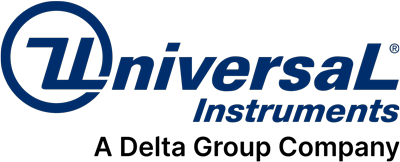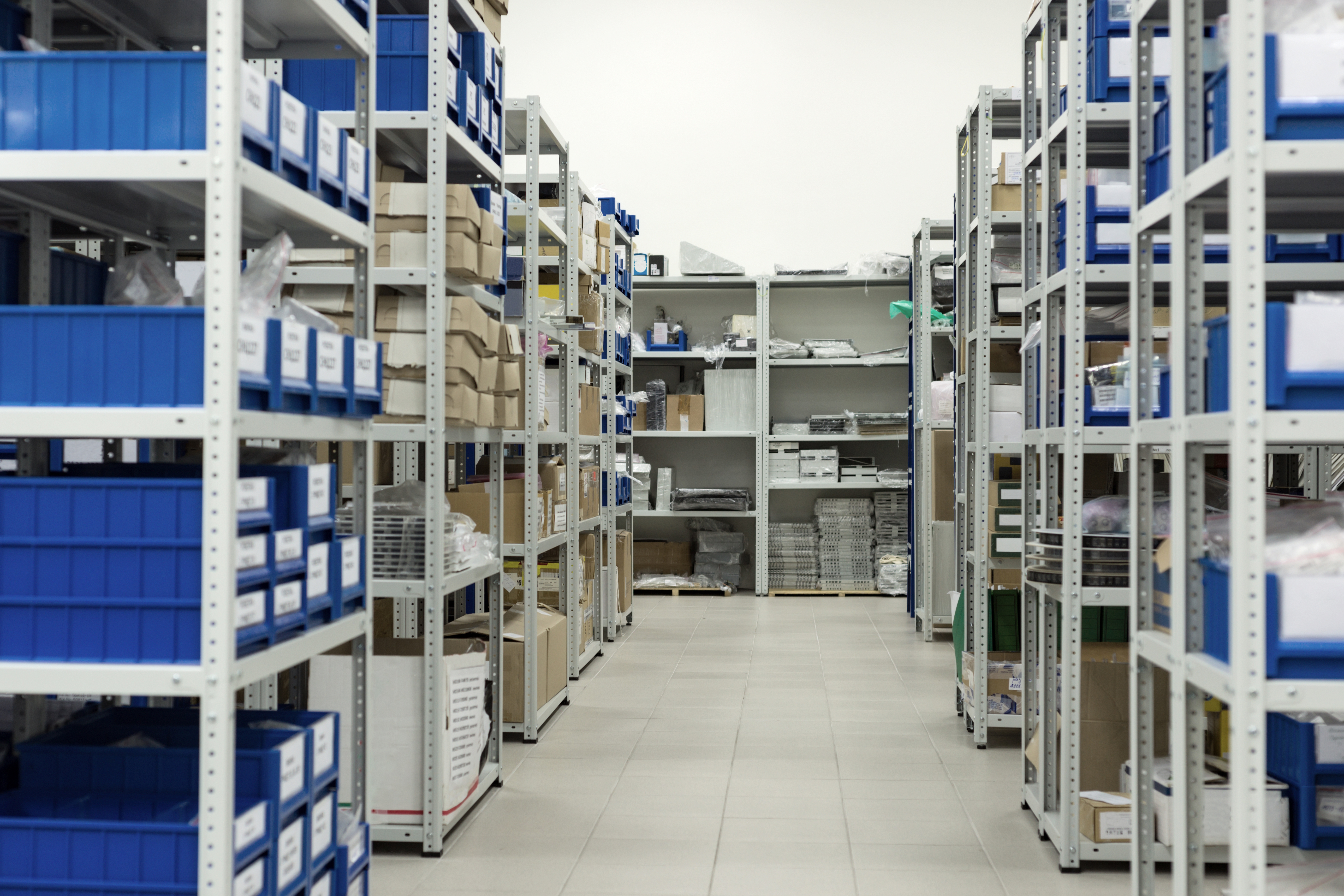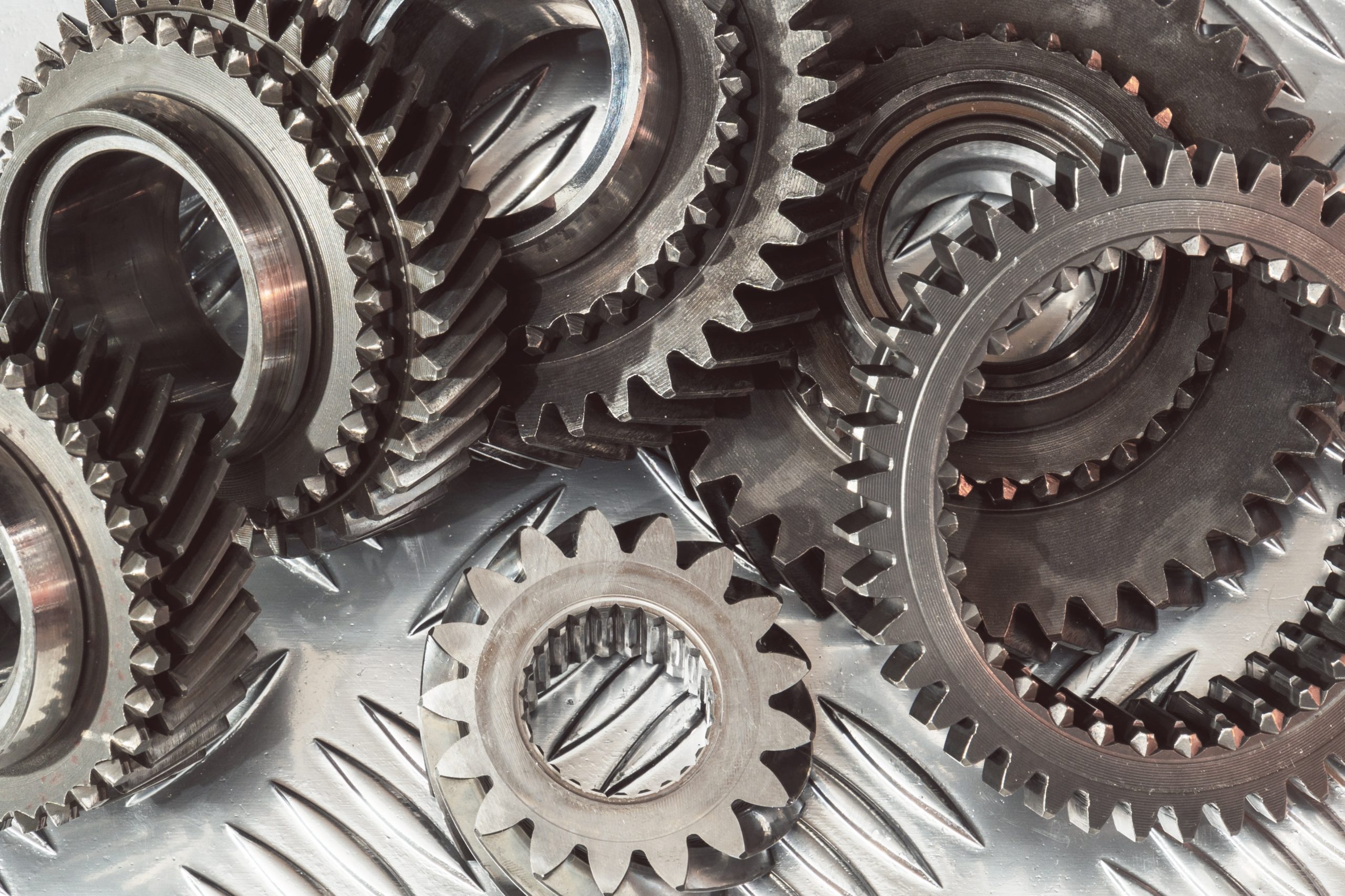This poses a problem for electronics manufacturers because inserting leaded electrolytic capacitors is a much different process than placing surface mount components. After the surface mount process, the PCBs must be processed on a slide line where assembly workers insert the leaded electrolytic capacitors into the PCB, then use a wave soldering pot to solder the components to the board. This extra process not only adds time, but also cost to the manufacturing of the product.
To help reduce manufacturing costs, a standard radial machine can be used to insert the leaded electrolytic capacitors. Typical spans of leaded electrolytic capacitors used in computer Motherboards are 2.5mm, 3.5mm and 5.0mm. However, many radial insertion machines support only 2.5mm and 5.0mm spans, prohibiting them from handling 3.5mm spans. This limitation can lead to selective automation, which will reduce the ROI (Return on Investment) for investing in a radial insertion machine.
Universal Instruments has addressed this issue with the latest tooling enhancement for its Radial 88HT insertion machine. The new tooling supports 2.5mm, 3.5mm and 5.0mm component spans, enabling automation of a full range of leaded electrolytic capacitors for computer motherboards and other applications. By automating these components, manufacturers can benefit through increased output and superior yields, delivering a fast and significant ROI.
Neil Ross, Marketing Manager of Through-Hole products at Universal Instruments; results-oriented with more than 30 years of experience in the electronics/semiconductor industries.
Click to get more information on Universal Instruments’ through-hole equipment https://www.uic.com/solutions/through-hole/ or contact your local sales team https://www.uic.com/contact-us/.



